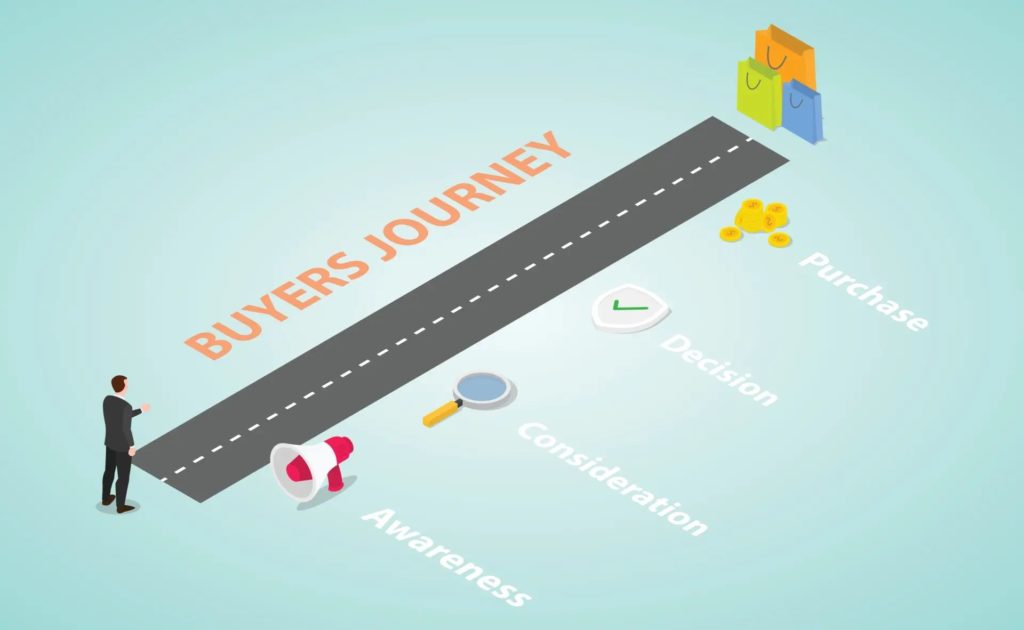5 Business Newsletter Writing Best Practices
When you make e-newsletters, which I’ve done for more than ten years, you can overlook some business newsletter writing best practices. Some, like privacy rules, require legal compliance. Others, like the format, can affect a newsletter’s overall impact.
Follow these steps to create emails that comply with commonly accepted standards and build engagement.
1. Have a plan – Studies show people read online content in an F-shape. They focus on the top and the left side, reading from left to right.

They also tend to scan or skim emails. As email marketer Des Brown suggests, when you create an e-newsletter, consider:
- scannability
- visual hierarchy
- reading patterns
Structure your content accordingly.
Many email marketing platforms offer mobile-friendly templates you can adapt to your style. Especially if you’ve never created an e-newsletter, compiling one is like guesswork. See what to add and where for prime engagement with The Easy 5-Step Business E-Newsletter Template.
2. Consider the format – Beyond planning and structure, a regular format eases creation.
Service provider e-newsletters often start with a “welcome” message, followed by one or two main articles, and then end with an offer. One section usually features a blog.
The listicle format has helped me keep creating e-newsletters for 11 years. Sticking to five key points saves me time, preventing me from driving down dead ends.
3. Foster ideas – I love to pre-crastinate, gradually adding ingredients to my pot of soup. I log ideas or snippets whenever inspiration strikes.
Whether you use an online scheduler or a spreadsheet, a three to 12-month content calendar can keep you organized. Apps may remind you about deadlines.
As you consider topics, explore how to save time and how your emails fit into your overall marketing strategy:
- Curate content from sources like industry news websites using tools.
- Reduce, reuse, and recycle: Reinvent any existing content (blog posts, video, press releases, white papers, etc.). Link back, summarize, or rephrase.
4. Catchier content – Most e-newsletters are educational, selling more subtly than email marketing campaigns.
Eye-catching headlines, body copy, and calls to action are crucial. The subject line is the first thing people see and influences whether they will open an email.
Example: How to protect, preserve, and pass on your wealth by design (Sundvick Legacy Center)
Content that engages is not only useful or persuasive, but relatable. Sharing your stories in your own voice, like what works and what hasn’t worked for you, shows you as a person, not a bot. Your unique experiences help you stand out.
5. Privacy compliance – This is an important business newsletter writing best practice. During a recent e-newsletter review, I was surprised at least ten percent of the U.S. companies’ footers didn’t follow CAN-SPAM rules. Some had “unsubscribe” links in low-contrast colors, making them hard to see.
Other CAN-SPAM aspects to note for commercial emails:
- identify ads
- don’t use deceptive subject lines
CASL (Canadian Anti-Spam Law) and GDPR (General Data Protection Regulation; Europe) require similar compliance.
See where to put your e-newsletter content–save time and gain results
What are some of your favorite e-newsletter best practices? Feel free to comment below.
QUOTES
“Create a questionnaire of common information you need to know from clients to put together an e-newsletter. Also, have a template where you can fill in the blanks of what they can discuss, depending on the type of newsletter (sale vs. announcement vs. new service, etc.). Organization and planning can help make the writing process go smoother and faster.”
Ashley Romer, SEO Manager, PaperStreet Web Design
“Your newsletters should include a variety of elements (blogs/articles, videos, podcasts, upcoming events, etc.). Balance consumable content with promotional content to maximize value for the recipient.”
Harvard University Brand and Visual Identity Guidelines, “Email Newsletter Best Practices“







